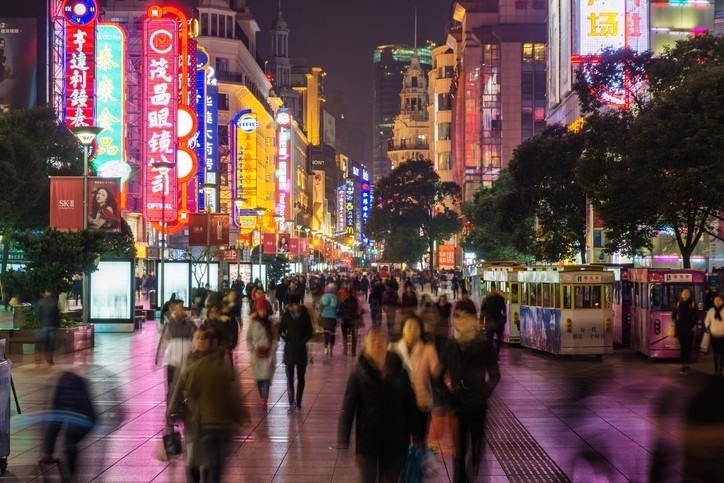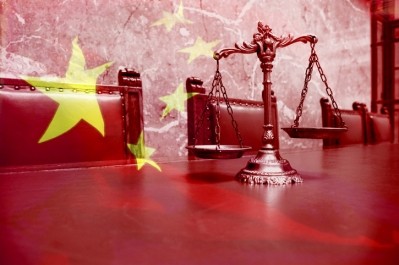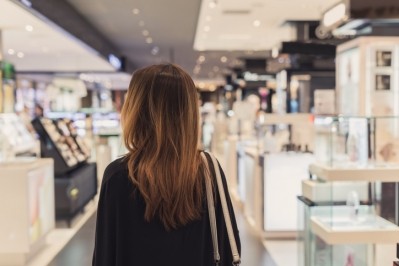Chinese cosmetics regulation: how does it work?

Chinese cosmetics market is currently the third largest global market for cosmetics, following Europe and the US.
According to China’s National Bureau of Statistics, the total retail sales of cosmetics in China in 2018 accounted for over 260 billion yuan, with an annual growth rate of almost 10 %.
It is therefore no wonder that many western and other non-Chinese companies are looking at ways of taking their share of this lucrative market.
Apart from the increasing competition, one of major obstacles to achieving that goal is also ensuring regulatory compliance with the Chinese cosmetics legislation.
In recent years, China has been revising its cosmetic regulations, aiming to develop a more effective regulatory framework.
It is looking to shift more responsibility towards enterprises and focus more on post-market supervision.
One major regulatory change came in late 2018, when China replaced registration of imported non-special use cosmetics with nationwide filing management system, thus providing easier access for foreign companies looking to enter the Chinese cosmetic market.
Furthermore, China is showing constant progress towards phasing out animal testing, by developing and approving new alternative methods.
Chinese cosmetic regulation and its competent authorities
The main regulatory body for cosmetics in China is the National Medical Products Administration (NMPA), formerly known as China Food and Drug Administration (CFDA).
NMPA is under the governance of the State Administration for Market Regulation (SAMR), which was established in 2018.
Regulatory system in China is founded on the Regulations Concerning the Hygiene Supervision over cosmetics, which is in force since 1990 but has been under revision since 2013.
The revised regulation has been renamed to Cosmetics Supervision and Administration regulations (CSAR) and will likely come into force this year.
In addition, there are many standards that need to be followed. The most important standard is the Safety and Technical Standards for Cosmetics 2015, which provides requirements for product quality and safety, including the lists of prohibited and restricted substances for use in cosmetics.
Classification of cosmetics in China
Cosmetic products in China are divided into two categories: non- special use cosmetics (non-SUC) and special use cosmetics (SUC).
Non-SUC include skin care products, hair care products, nail care products, make-up and perfumes, while SUC include hair growth products, hair dyes, hair perming products, depilating products, breast beauty products, slimming products, deodorants, whitening products and sunscreens.
The latest draft of CSAR introduced reclassification of cosmetics into general cosmetics and special use cosmetics.
The latter includes only five products categories: sunscreens, hair perming products, whitening product, hair dyes and other cosmetics that claim new efficacies.
The remaining four categories, which are currently considered SUC, will be classified as either general cosmetics or drugs.
Approval process of cosmetic products in China
Cosmetics sold in China have to be approved by NMPA. Imported SUC, domestic SUC and new cosmetic ingredients require a pre-market registration while imported non-SUC and domestic non-SUC are subject to pre-market filing.
Imported non-SUC need to have a Chinese Responsible Person (RP), who must be the importer and needs to have a cosmetic business licence. They are responsible for the filing as well as the quality and safety of the product.
For non-SUC a product dossier needs to be prepared, which includes also the product specifications obtained during the product testing at one of the NMPA approved laboratories.
This dossier is submitted to NMPA or to a provincial Medical Products Administration, depending on where the RP is based.
The dossier undergoes only an administrative review at this time, where the completeness of the documentation is checked, as well as compliance with the format requirements.
NMPA will then grant a filing certificate, which doesn’t have an expiry date, and non-SUC products can be imported.
Technical review of the filing documents is carried out within 3 months after obtaining the filing certificate, but the products can be already on the market during that time.
Imported SUC require a Chinese Responsible Agent (RA) who can be any legal entity registered in China, and who is only responsible for product registration.
The product dossier and testing requirements are more stringent for SUC than for non-SUC products, but the biggest difference comparing to non-SUC products is, that SUC can be imported only after the technical review is finished and NMPA issues an administrative licence, which is valid for four years.
Despite an increasing number of approved alternative methods to animal testing, cosmetics in China still require testing at the NMPA approved laboratories, which perform test on animals.
Only domestic non-SUC and cosmetics sold through Cross-border E-commerce (CBEC) are able to avoid animal testing.
CE.way Regulatory Consultants is one company that offers regulatory and testing solutions, in order to help beauty companies on their way into international markets.


















